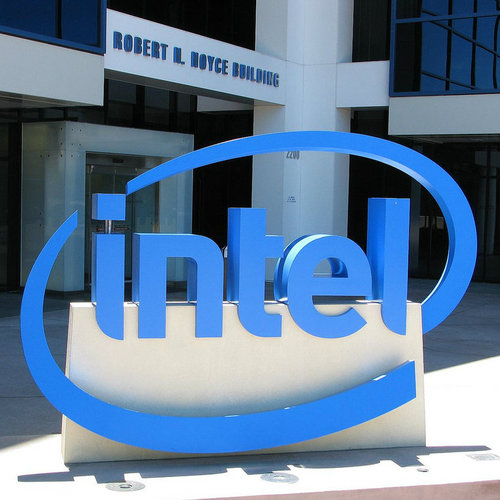Combined with Intel's RealSense technology, the Movidius platform could allow computers to recognize images in the way that people do.

Semiconductor giant Intel has acquired an artificial intelligence (AI) developer called Movidius for an undisclosed sum as it jostles for influence in emerging technology markets.
The deal lands Intel Corp. (Nasdaq: INTC) with system-on-a-chip (SoC) platforms and algorithms that can be used in areas such as machine learning, virtual and augmented reality, drones, robotics and more.
The Movidius technology nicely complements Intel's own RealSense platform, which uses 3D cameras to analyze facial expressions, gestures and other movements.
Founded back in 2005, and believed to have raised about $90 million in funding, Movidius has been involved with big technology players before, teaming up with Google (Nasdaq: GOOG) earlier this year on a so-called "computer vision" project.
Advances being pioneered by the likes of Movidius, Intel and Google should allow computers to better interpret images fed to them by camera technology and understand what they really mean.
"Our leading VPU (Vision Processing Unit) platform… combined with Intel's industry-leading depth-sensing solution [RealSense]… is a winning combination for autonomous machines that can see in 3D, understand their surroundings and navigate accordingly," said Remi El-Ouazzane, the CEO of Movidius, in a company statement.
Want to know more about the Internet of Things? Check out our dedicated IoT content channel here on Light Reading.
Based up the road from Intel in Silicon Valley, Movidius also appears to have attracted the chip behemoth's interest because its SoCs marry low-power and high-performance capabilities.
That opens up all sorts of opportunities in markets where "heat, battery life and form factors are key," said Josh Walden, the general manager of Intel's New Technology Group, in a blog post.
The Movidius takeover follows Intel's $400 million acquisition of Nervana, another AI player, in August, illustrating the chipmaker's determination to corner this particular sector.
Intel is also desperate to become one of the main forces in a future Internet of Things (IoT) market where billions of devices have data connectivity. AI technologies quite obviously have a strong role to play in this field.
Even so, Intel's diversification strategy has already encountered its fair share of problems. Despite making a much-publicized push into mobile communications, Intel has failed to emerge as a credible alternative to UK chip designer ARM, whose technology continues to power many of the world's most popular smartphones.
ARM Ltd. and its new owner could also have something to say about Intel's IoT intentions. Japan's SoftBank Corp. has just completed a $32 billion takeover of the UK business in the belief that its designs could become as valued in the IoT world as they already are in the smartphone space. (See SoftBank's Tanaka to Take ARM by Hand, Not Boss It.)
For more on Intel's Movidius takeover, read this story from our sister site Telecoms.com.
— Iain Morris, 

 , News Editor, Light Reading
, News Editor, Light Reading
About the Author(s)
You May Also Like











